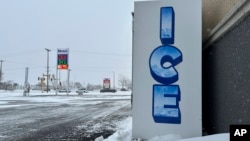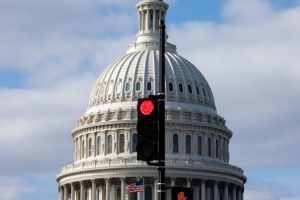Bolivian President Luis Arce announced Monday the discovery of a new natural gas and oil field north of La Paz at a time when the country is facing a difficult economic situation and a decline in old gas wells due to depletion.
The Mayaya X-1 well, located in a new hydrocarbon reserve, will be able to produce, when it comes into operation, up to 1.7 trillion cubic meters of natural gas and between 500 and 1,000 barrels of oil per day, with projected revenue of 6.8 billion dollars during its productive life, said the president, in a speech commemorating the civic anniversary of La Paz.
This new well, which required an investment of 50 million dollars, offers “the hope of maintaining the country as an important exporter of natural gas,” said Arce.
Hours later, the president of Yacimientos Petrolíferos Fiscales Bolivianos (YPFB), Armin Dorgathen, explained in a press conference that the discovery occurred in a basin in northern Bolivia that covers the regions of La Paz, Beni and Pando. “It is a new exploratory frontier,” said the authority.
He also estimated that it would be possible to extract gas in at least three years and that they expect nearby wells to have greater gas potential.
The news comes a few weeks after the president publicly admitted that natural gas production began to decline in 2014 due to a lack of sufficient investment in exploration. “There is a decline in production that unfortunately has been falling until it hit rock bottom,” he said at the time.
The last certification of natural gas reserves dates back to 2019 when it reached 8.7 TCF (trillion cubic meters). After that year, they have not been quantified again. According to YPFB, current production is 40 million cubic meters of gas per day.
Over the past decade, Bolivia has emerged as an emerging energy power in the region. In 2006, then-President Evo Morales nationalized the industry.
Gas became the main export product with more than 6.113 billion in revenue in 2013, placing the country in eighth place as a world exporter of natural gas, according to data from YPFB.
The lack of foreign investment in exploration has led the industry to stagnation. Last year, gas exports totaled 2.058 billion dollars while gasoline and diesel imports for local consumption totaled 2.974 billion dollars, turning the country from an exporter to an importer of hydrocarbons, according to the Bolivian Institute of Foreign Trade (IBCE).
Brazil and Argentina are the two markets for Bolivia’s natural gas.
Connect with the Voice of America! Subscribe to our channels Youtube, WhatsApp and to newsletter. Turn on notifications and follow us on Facebook, X and Instagram.





![[Img #74683]](https://thelatestnews.world/wp-content/uploads/2024/12/The-main-mistakes-to-avoid-when-betting-on-electronic-sports-150x150.jpg)










Add Comment